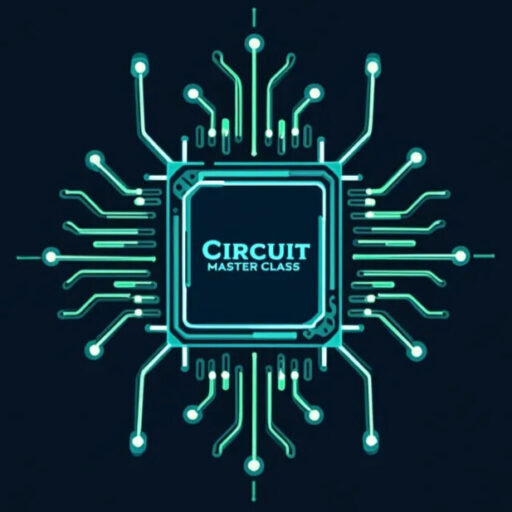In general a cold rolled grain oriented (CRGO) silicon steel is used for the core of a distribution and station service transformers. Nowadays, there is another type of material used for core of distribution transformers and sometimes station service transformers. This is modern trend of core materials. This is amorphous iron material. Amorphous core material is the amorphous iron alloy typically a mix of boron, silicon in iron. The amorphous material is mainly non crystalline material. A specific manufacturing process makes the alloy non-crystalline. Let us discuss the process.
Process of Production of Amorphous Metal
First iron is mixed with boron, silicon and some other elements. The main alloy elements are 80% iron, 15% boron and 5% silicon. These raw elements are melted in an induction furnace at a temperature 1200°C to 1500°C. This ensures the homogeneous mixture of the raw elements.This molten mixture is then ejected to through a nozzle to a rotating roller made of copper. At the same time the roller is cooled rapidly with cold water or any other coolant. The speed of the spin of rotor is about 20-30 meters per second or higher. As the molten mixed metal hits the cold surface, it solidifies almost instantly at a cooling rate approximately 1 million degrees centigrade per second. This rapid solidification makes very thin ribbon on the roller. The thickness can be achieved around 0.02 to 0.03 mm which is much thinner than 0.23 to 0.27 mm which is the standard thickness of CRGO lamination.
Advantages of Amorphous Core
We have seen two mejor properties of an amorphous material. One it is non crystalline and two the thickness of each lamination is much more less than that of a CRGO lamination.
As the amorphous material is nearly non-crystallined, it suffers less from hysteresis loss when it is used as a transformer core. Actually in CRGO, at each cycle of magnetizing current the crystal grains have to reorient along the direction of the magnetic field. But in the case of amorphous iron material due to lack of crystal grains, the event of orientation and reorientation is absent. Hence, hysteresis loss is minimum.
This non crystalline feature of an amorphous core also reduces magnetostriction of the core. Magnetostriction is the phenomenon by which due to orientation and reorientation of grains in CRGO size of each lamination slightly changes during each half cycle of the magnetizing current. Because of this, there is a irritating humming sound created in the transformer. This humming sound is almost absent or low in amorphous core transformer. This is because as I have told there is a significant lack of crystal grains in the amorphous core core.
As the layer or lamination thickness is much less in amorphous iron core the overall resistance of the core for equivalent size compared to CRGO is much higher in amorphous core. This higher makes less eddy current loss in the core.
Therefore, both hysteresis and eddy current losses are much smaller in amorphous core there by it increases the transformer efficiency.
| Features | CRGO | Amorphous |
|---|---|---|
| Atomic Structure | Crystalline, Orderly, Repeat | Non-Crystalline, Random Arrangement |
| Saturation Flux Density | 2.03 T | 1.56 T |
| Sheet Thickness | 0.23–0.3 mm | 0.025 mm |
| Electrical Resistivity | 45 Ω-m | 130 Ω-m |
| Available Form | Sheet, Roll | Thin Sheet, Ribbon |
| Lamination Factor | 96% | 86% |
| Core Losses | 100% | 60–75% |
Discharges of Amorphous Core
The main disadvantage of an amorphous core is its low flux density. Maximum flux density of an amorphous core is about 1.5 T compared to 1.9 T to 2.03 T for a CRGO core. This makes a amorphous core more bigger than an equivalent CRGO core.
Also the manufacturing process of amorphous core makes it costlier than an equivalent CRGO core.
The amorphous core is non crystalline hence it is brittle. Handling the core and its laminations during core construction process is much challenging compared to CRGO core. Special care must also be taken during windings assembling on the core.
